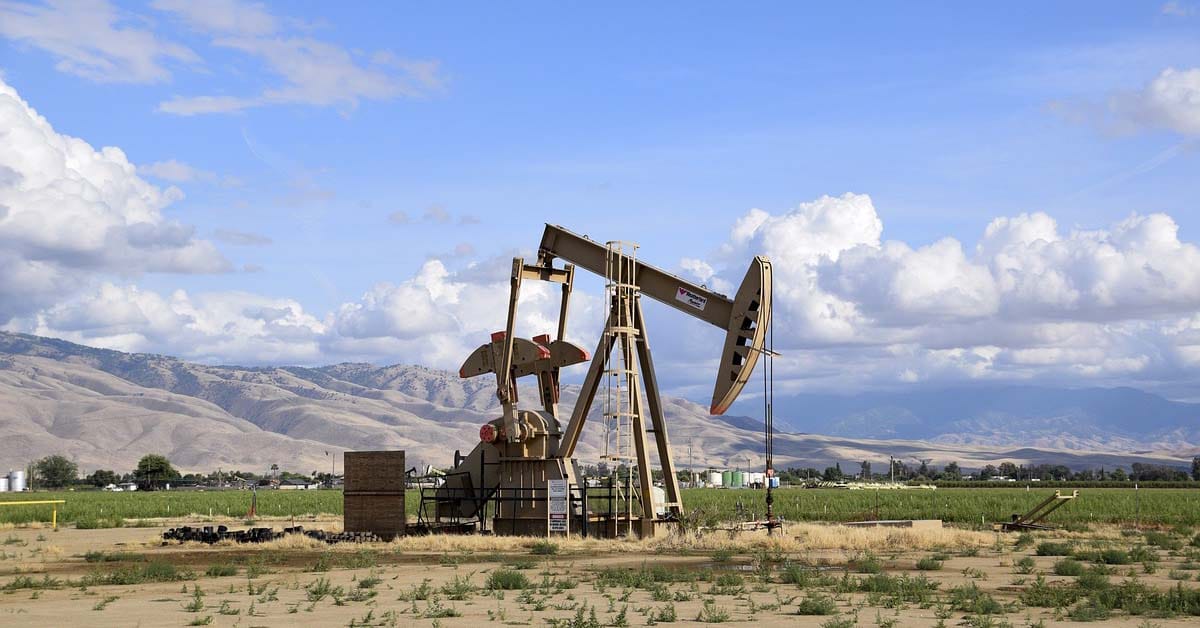How Much Is An Oil Well
Oil rigs are a central aspect of the petroleum and gas sector, greatly impacting the cost of crude oil and natural gas. It’s crucial for investors to be aware of the expenditure involved in drilling an oil well, as this knowledge will aid in informed investment choices. In this piece, we’ll give you a comprehensive overview of the expenses related to oil wells and explain the factors that affect their pricing.
The cost of an oil well can fluctuate greatly, with expenses varying from several hundred thousand dollars to well over a million dollars. This variance is due to various considerations, including the well’s location, depth, drilling technique, and reservoir extent. For instance, drilling a shallow onshore well may cost approximately $500,000, whereas a deep offshore well can cost a substantial $100 million.
The location of the well is a key factor that affects its cost. Drilling in remote or challenging-to-reach areas, such as offshore or the Arctic, is more costly than drilling in more accessible regions, like onshore in Texas or Oklahoma. The transportation and logistics expenses, as well as the cost of constructing and maintaining infrastructure, all contribute to the increased cost of drilling in these isolated areas.
The well’s depth is another crucial factor that impacts its cost. Deeper wells require more advanced drilling equipment and methods, and they also take longer to drill, adding to the overall expenditure. Furthermore, the deeper the well, the greater the possibility of encountering technical difficulties or unexpected geological conditions, which can increase the cost of drilling.
The method of drilling used also influences the cost of an oil well. Common drilling techniques, such as rotary drilling, are widely used and are generally the most cost-effective. However, more advanced methods, such as horizontal drilling and hydraulic fracturing, may be pricier but could also enhance the chances of discovering and retrieving oil and gas.
The size of the reservoir is another factor that impacts the cost of an oil well. Larger reservoirs require more drilling, which raises the overall cost. The cost of production and extraction is also typically higher for larger reservoirs.
In conclusion, the cost of an oil well can be affected by various considerations, including location, depth, drilling technique, and reservoir extent. As an investor, it’s critical to be aware of these costs and how they can impact your investment. At Oil Well Investors, we have the experience and knowledge to aid in making informed investment choices and maximizing returns. Whether you’re an experienced investor or just starting out, we offer the information and support necessary to succeed in the petroleum and gas sector.

Contact
Get In Touch
Complete the form below for general inquiries. If you’re interested in investing or would like to learn more about our offerings, take a look at our Investment Opportunities.
